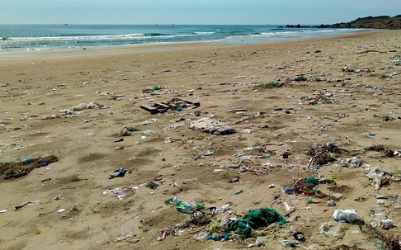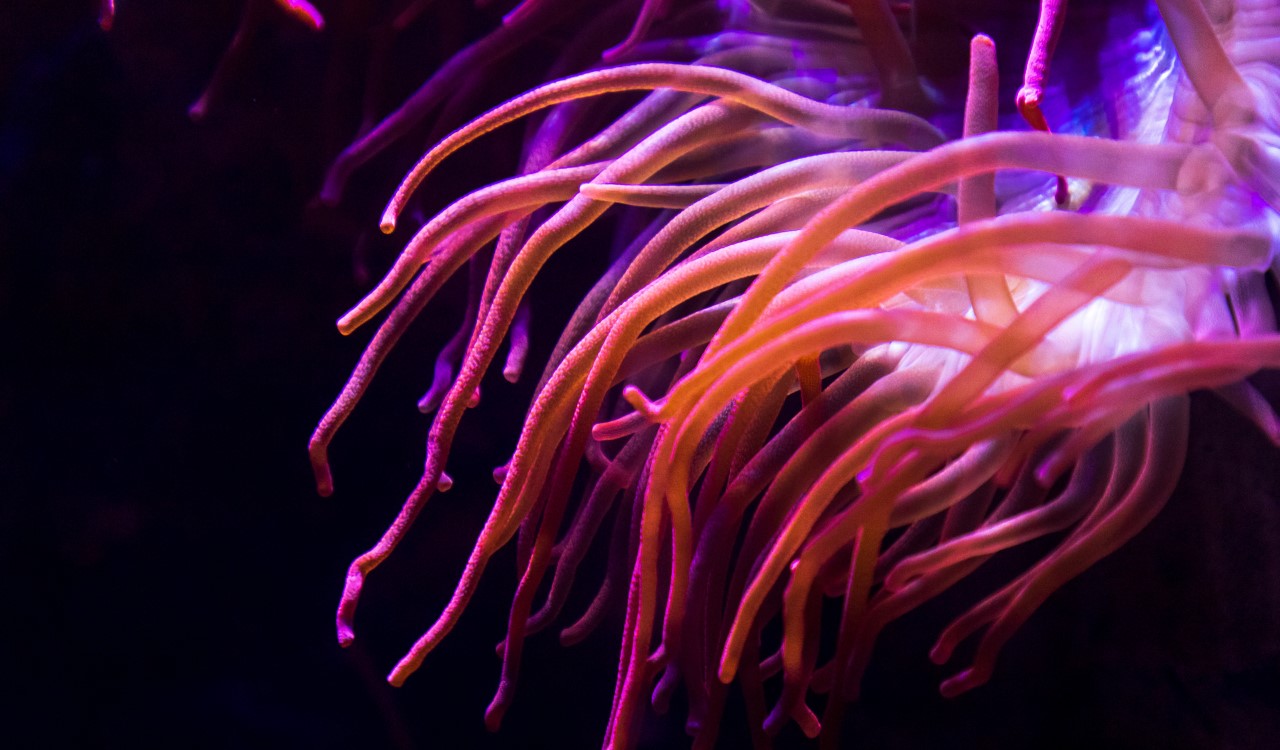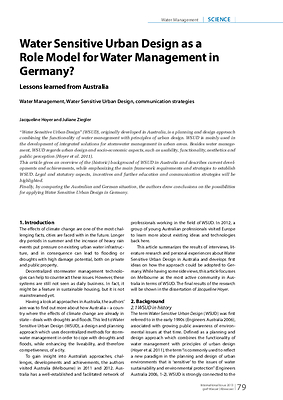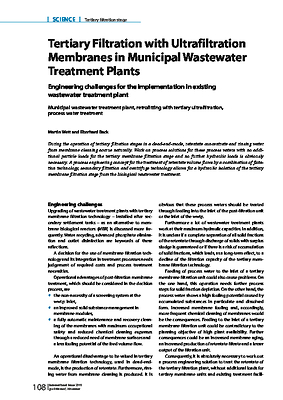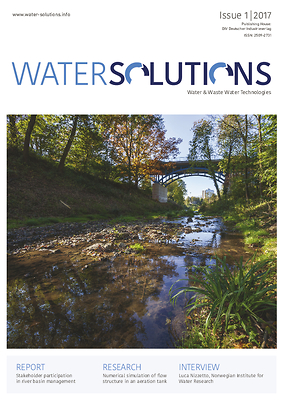Reports have shown that MP particles are present in local commercial seafood species leading to the possible human ingestion of these particles. However, due to a lack of harmonized methods to identify microplastics (MPs), results from different studies and locations can hardly be compared. Hence, this study was aimed to detect, quantify, and estimate MP contamination in commercially important mussels originating from 12 different countries distributed worldwide. All mussels were obtained from supermarkets and were intended for human consumption. Using a combinatorial approach of focal plane array (FPA)-based micro- Fourier-transform infrared (FTIR) spectroscopy and micro-Raman spectroscopy allowed the detection and characterization of MP down to a size of 3 μm in the investigated mussels. Further, a gentle sample purification method based on enzymes has been modified in order to optimize the digestion of organic material in mussels. A random forest classification (RFC) approach, which allows a rapid discrimination between different polymer types and thus fast generation of data on MP abundance and size distributions with high accuracy, was implemented in the analytical pipeline for IR spectra. Additionally, for the first time we also applied a RFC approach for the automated characterization of Raman spectra of MPs.
Analysis of microplastics of a broad size range
Kategorie: Publications
Thema: Water Solutions
Autor: Sina Ruhwedel
Das könnte Sie auch interessieren:
Passende Firmen zum Thema:
Publikationen
Sie möchten die gwf Wasser + Abwasser testen
Bestellen Sie Ihr kostenloses Probeheft
Überzeugen Sie sich selbst: Gerne senden wir Ihnen die gwf Wasser + Abwasser kostenlos und unverbindlich zur Probe!

